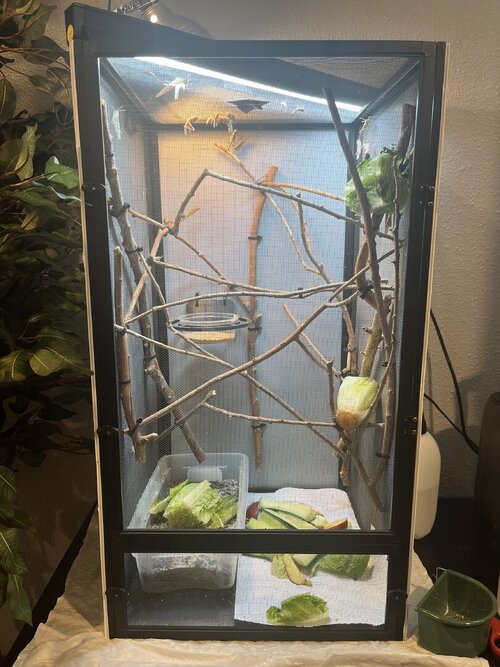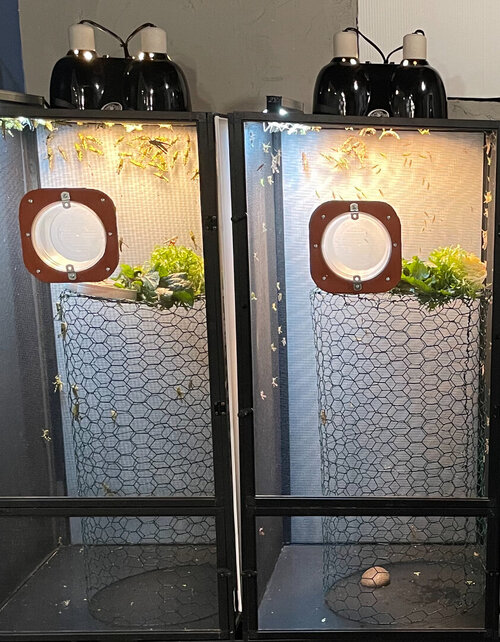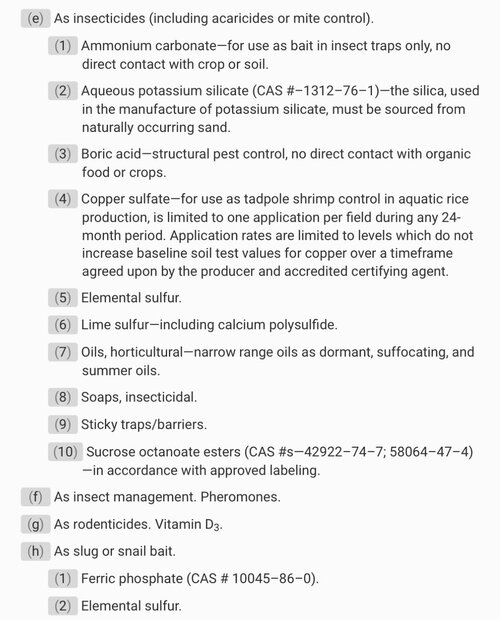ChamelaChameleon
Chameleon Enthusiast
I fed apples with a good response. I didnt note any adverse reactions.I’ve put the oranges in my enclosures before and they didn’t seem to touch them so I’m guessing Andrew is right, maybe it had too much sugar?








